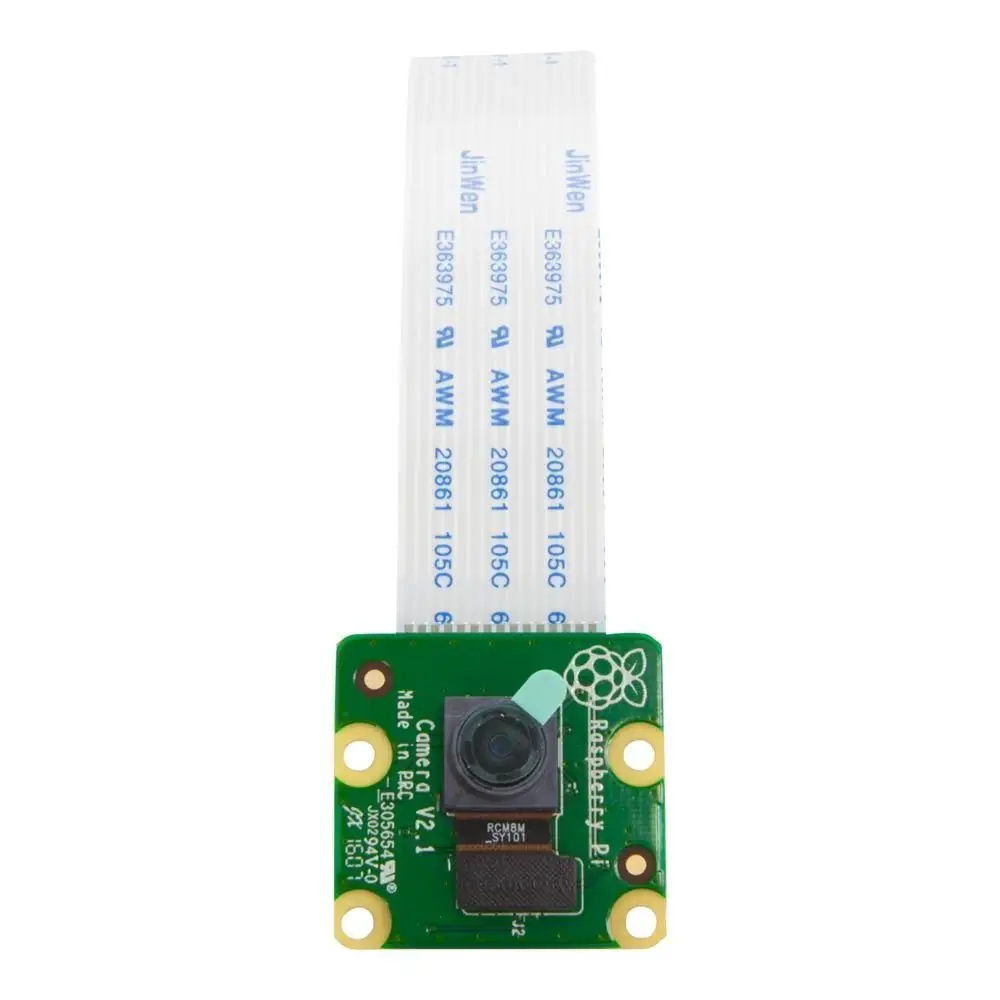Pages with tag Strange Parts
- A DIY iPhone storage upgrade - the upgrade Apple hates the most
- How to add a headphone jack to iPhone 7
- How to add internal wireless charging to an iPhone 7
- How to make wireless LED's, no battery needed
- In China you can build your own iPhone from spare parts
- Inside a huge Printed Circuit Board factory in China
- Inside the RFID cards running a cashier-less shop in China
- Massive market in China for factory machinery
- Peeking inside the dizzying breadth of China's manufacturing prowess
- Scotty, a.k.a. The iPhone Guy, has made awesome videos on iPhone technical innards -- who is he?
- The cheapest iPhone is a refurbished phone, rather than building one yourself, says Scotty, the DIY iPhone Guy
- The list of parts to build your own iPhone 7









